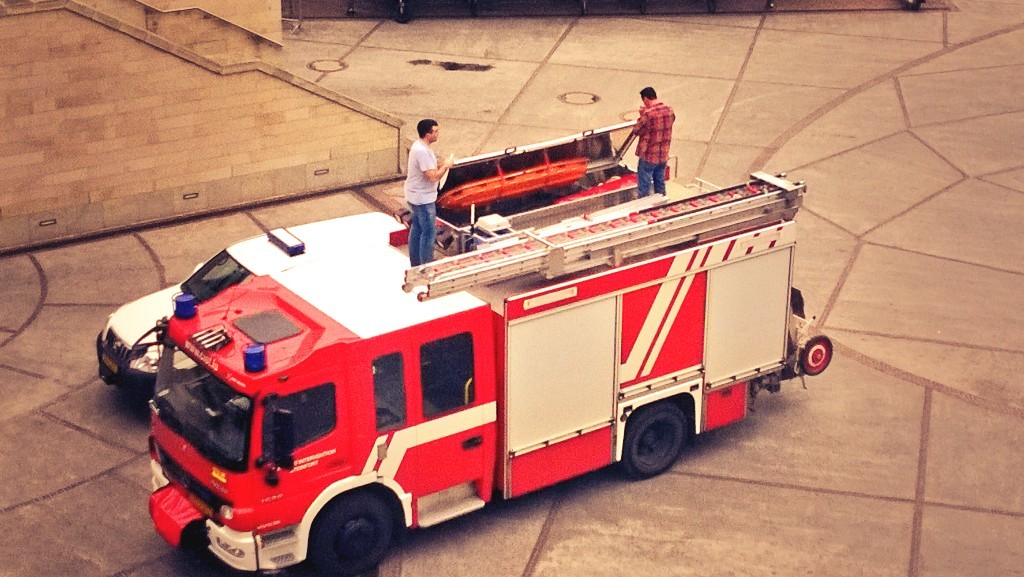Harnessing Disruption: The power of IT for disaster response
By Akhtar Badshah, senior director, Citizenship and Public Affairs, Microsoft
Some of the largest humanitarian relief organizations met this week in Luxembourg to discuss using technology to prepare and respond to emergencies. The Emergency Telecommunications Cluster, led by the World Food Programme and the United Nations Office for the Coordination of Humanitarian Affairs (UNOCHA), was hosted by the Government of Luxembourg for a “Technical Innovation Day.”
The event included a hands-on experience with technologies used for humanitarian relief. We participated in a disaster scenario in which three groups were asked to use these technologies to assess damage and determine the best responses. “The idea was to recreate a scenario of tests close to the reality in the field for humanitarian actors, where they will interact with each other using different tools and channels all federated or connected to the Cloud,” said Antoine Bertout, Senior Manager of Strategic Partner Relations for Skype.
We saw how emergency “vertical connectivity” may be activated using an emergency.lu inflatable satellite dish that pulls satellite signals down to a base station. Even more important, the system’s software allows information to be managed across responding groups. We examined a device that accesses TV “white space” signals through an easy, modular setup, and converts the inflatable satellite dish-captured signal horizontally across more than 20 kilometers. It may also be fitted with solar panels to help generate power for the affected community, and may eventually provide cellular coverage to disaster-ravaged communities. In another demo, a fire truck equipped with some of this communications equipment traveled around Luxembourg and, through low-bandwidth Skype, we communicated with the crew.
We had the opportunity to operate a drone that relayed data back to a base station. It’s not hard to imagine the disaster recovery uses of a drone with these capabilities. For example, it might scan a large area for survivors, transmitting their locations to rescuers. But what if the drone crashes during such an operation? We simulated a crash in which a wing broke. Using a Maker Bot 3-D printer, we were able to quickly print a replacement blade.
Big data also made an appearance at this week’s demonstrations. We examined data visualization packages designed to ensure the flow of information during emergencies. And we worked with apps specially designed for disaster response, including Microsoft HelpBridge, which helps people connect during a time of disaster. Others may use the app to discover and donate to organizations involved in disaster response work, and find opportunities to volunteer.
These demonstrations were a reminder of the power of innovation: the thirst to find new solutions to big problems in the developing world and beyond. With technology, those in remote communities touched by disaster now have improved access to life-saving communications and information that speeds recovery. Access to these technologies can also lead to more income-generating activities, which those in the developing world desperately need.
But most of all it was a reminder that technology is about empowering people. It empowers the relief organizations delivering aid and those on the receiving end of that help. It helps level the playing field, even for the most vulnerable. That’s the true power of technology.
